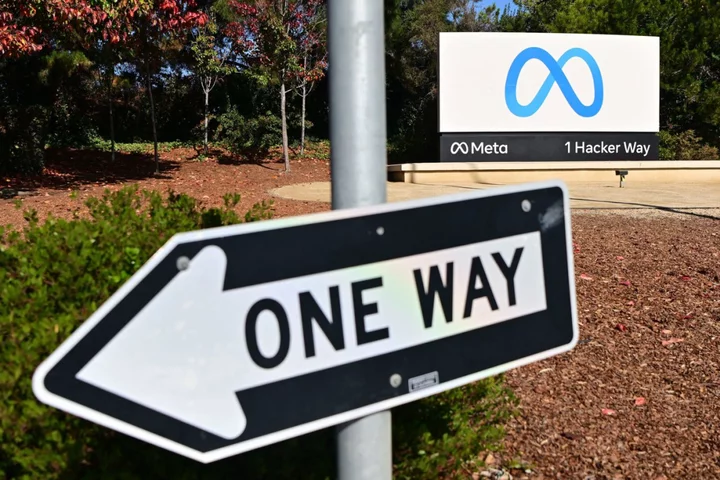
PowerFlex Installs Hundreds of Charging Stations Nationwide for DHL Express as the Company Electrifies Its Fleet
SAN DIEGO--(BUSINESS WIRE)--Jul 13, 2023--
2023-07-14 02:53

EU officials warn TikTok over Israel-Hamas disinformation
EU officials warned TikTok Thursday about "illegal content and disinformation" on its platform linked to the war between Hamas and Israel, calling for CEO Shou Zi Chew to respond within 24 hours.
2023-10-12 23:23

'Verified human': Worldcoin users queue up for iris scans
By Elizabeth Howcroft, Anton Bridge and Medha Singh LONDON/TOKYO/BENGALURU People around the world are getting their eyeballs scanned
2023-07-25 23:22

It’s Not Too Late: Here’s How to Get In on the $725 Million Facebook Settlement.
The deadline to claim a portion of the payout is Friday, Aug. 25, for U.S. Facebook users who were on the social media platform between May 24, 2007, and December 22, 2022.
2023-08-19 23:57

AMD Tracks Nvidia Gains in Wall Street’s AI Frenzy
Advanced Micro Devices Inc.’s stellar share-price performance this year reflects its place in the eyes of investors looking
2023-06-09 19:21

When Does Warzone Season 4 Reloaded Start?
Warzone Season 4 Reloaded will likely start on Wednesday, July 12, at 12 p.m. ET with Vondel Battle Royale and the return of the Occupation Scan Public Event.
2023-07-07 02:18

Apple, Meta Hot Streaks Fuel Nasdaq 100’s July Rally
Major technology and internet stocks have rallied throughout this year, with July the latest in a lengthy streak
2023-08-01 04:45

10 Interesting Facts About Connie Chung
Broadcast journalist Connie Chung was the first Asian American woman to co-anchor a major network newscast.
2023-05-18 20:22

Live News Is Coming to Max: Warner Bros. Discovery to Add CNN on Streaming Service
Warner Bros. Discovery Inc. is planning to add live programming from CNN to the Max streaming service later
2023-06-28 23:57

From zero to NIL: How student-athletes can manage name, image, likeness income
Today’s college student-athletes have an unprecedented opportunity to monetize their name, image and likeness thanks to a 2021 NCAA rule change that lifted restrictions on such activities
2023-06-21 20:53

UK to roll out first driverless bus service
The UK will roll out its first driverless bus network in Scotland next week with drivers on standby behind the steering wheel, ready to take...
2023-05-11 23:17

Where to watch Northwestern vs Duke livestream
Duke and Northwestern have formed a bit of a rivalry over the past six seasons
2023-09-16 16:56
You Might Like...

Meta's Facebook, Instagram, Whatsapp down for thousands of users - Downdetector.com

NerdWallet Review

Alabama boat fight: Poolside parody of riverfront brawl goes viral as Internet finds it funny and uplifting

Artificial intelligence threatens extinction, experts say in new warning

Colorado students at private career school that lost accreditation get federal loan relief

Montenegro media guide

WhatsApp says warning message of cyberattacks on Jewish people is a hoax

Google and Universal Music might license artists' voices for AI-generated music
